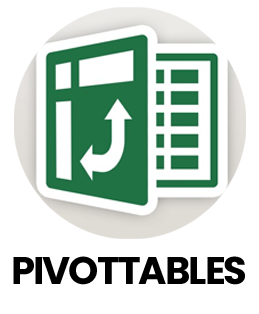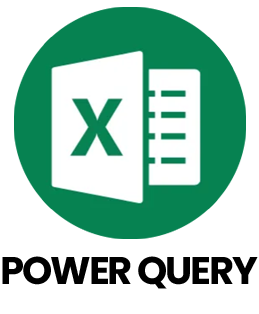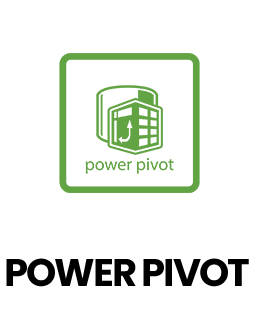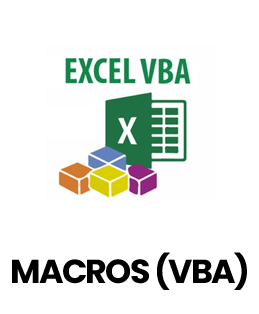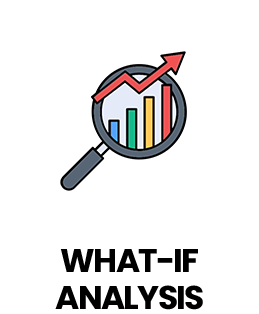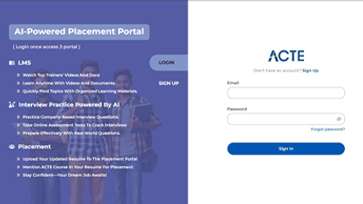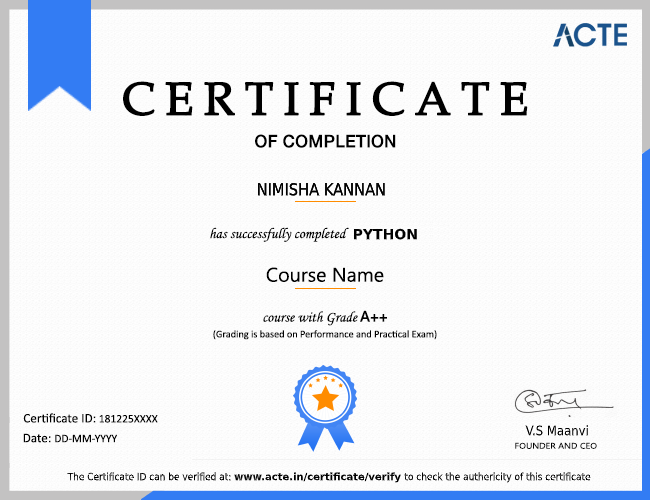1. Who is a Data Analyst and what tasks do they perform in Excel?
Ans:
A Data Analyst organizes, examines and interprets data to provide meaningful insights. Excel is used to clean data, perform calculations and create charts or reports, helping businesses make informed decisions based on analyzed information.
2. What tools are commonly used in data analysis and how does Excel fit in?
Ans:
Tools like SQL, Python, Power BI and Tableau are frequently used in data analysis. Excel is useful for both simple and complex analysis tasks since it uses formulae, pivot tables and charts to streamline data processing.
3. How is missing data managed in Excel?
Ans:
Missing information can be handled by filtering out blank cells, filling gaps with functions like AVERAGE or IF or highlighting missing entries using conditional formatting. These steps help maintain dataset accuracy before performing analysis.
4. What is the difference between labeled and unlabeled data in Excel?
Ans:
Labeled data contains clear categories or outcomes, such as “Yes” or “No,” which can be used for sorting or conditional calculations. Unlabeled data lacks categories and may require exploratory analysis, such as clustering or sorting, to identify patterns.
5. How is regression analysis carried out in Excel?
Ans:
Regression analysis studies how one or more independent variables affect a dependent variable. Excel’s Data Analysis Toolpak can perform linear regression, helping predict outcomes based on the available input data.
6. Which regression types can be performed using Excel?
Ans:
Excel mainly supports linear regression through the Data Analysis Toolpak. More advanced regression types like logistic regression or Ridge/Lasso require add-ins or external tools, though simple linear models can be created directly in Excel.
7. How is data quality maintained in Excel?
Ans:
Data quality can be ensured using validation rules, removing duplicates, correcting errors and auditing spreadsheets with filters or error-checking tools. These practices keep the dataset accurate and reliable for analysis.
8. What does data normalization mean in Excel and why is it useful?
Ans:
Data normalization adjusts values to a common scale, often between 0 and 1, to prevent any variable from dominating calculations. This is helpful when comparing data from different units or preparing datasets for clustering or analysis.
9. What is a pivot table in Excel and why is it useful?
Ans:
A pivot table is a tool for summarizing, organizing and analyzing large datasets quickly. It converts unstructured data into meaningful reports, making it easier to identify trends and compare figures without complex calculations.
10. What does the p-value signify and how can it be calculated in Excel?
Ans:
The p-value shows the significance of statistical test results, indicating whether findings are due to chance or real effects. Excel functions like T.TEST can compute p-values to support decision-making based on data analysis.


